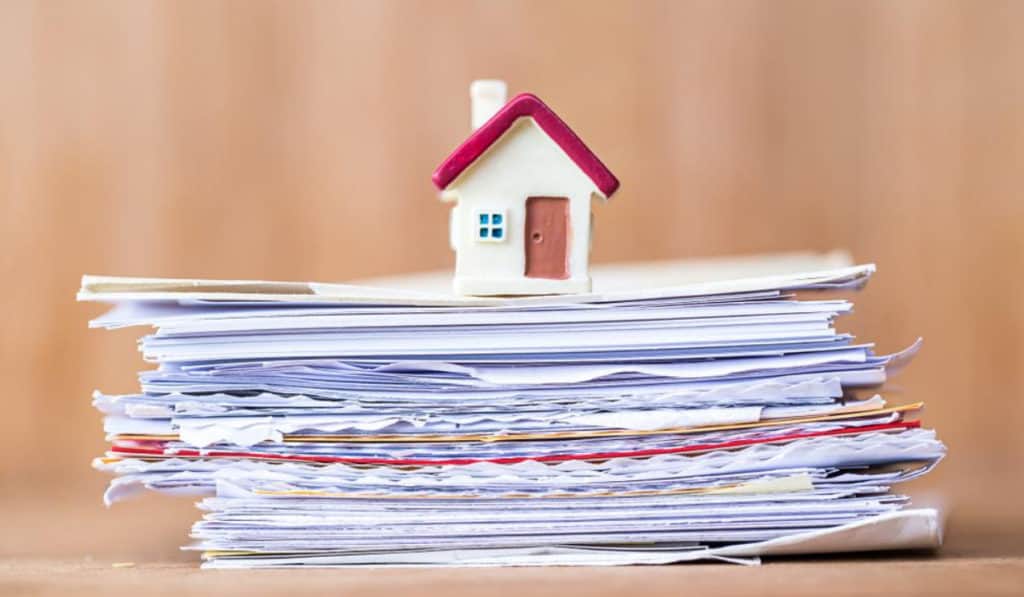Property Geek
We provide the actual and accurate information with unbiased user driven reviews to our viewers, to help them see the best and find the best!
View posts
The state government of India took initial steps under the ‘Digital India’ campaign to help cut down the hassles of online registry of properties which was an integral part of property registration in India. At present, they have launched several comfortable and easy programs by shifting to the digital world of property registration for citizens.
This also means you are saved from going through the trouble of multiple visits to various government offices all while waiting in a long queue just to get the value of the property registered. As to the reports, a large part of the property registration task can be easily completed through online registry.
So, are you ready to get your dream home registered with just a click? If yes, then you’ve arrived at the right place as we will discuss the procedures to register your property online. Before diving into it, let’s quickly get the basics of online registry and land or property registration first.
Property registration is the legal procedure of submitting relevant documents to the government through the sub-registrar’s office to officially make the property yours. The local authorities register the property under your name under Section 17 of the Registration Act, 1908.
As gloomy as it might seem to have a property not registered in your name, it is compulsory for any newly purchased property to be registered under your name, legally obliged under Section 17 of the Registration Act, 1908.
In due process, the home buyers or property owners will need to pay a certain portion of the deal value, also known as the stamp duty to the respective state governments, plus a 1% registration charge.
Adding on, while in most states the buyers have to visit the sub-registrar office to register their properties, some have been successful in launching services that help the landlords to register their properties online, hassle-free, and with time-bound services. This is true for both plots as well as flats.

Listed below are the sites that will help with property registration across various states in India:
|
STATE |
WEBSITE LINK |
|
Andhra Pradesh |
|
|
Jharkhand |
|
|
Delhi |
https://doris.delhigovt.nic.in/ |
|
Karnataka |
|
|
Kerala |
|
|
Madhya Pradesh |
|
|
Maharashtra |
|
|
Tamil Nadu |
|
|
Rajasthan |
|
|
Uttrakhand |
|
|
Telangana |
https://registration.telangana.gov.in/propertyRegistration. |
|
West Bengal |
https://wbregistration.gov.in/(S(nixvg4bz1k4wsuwpk0uisvn4))/index.aspx |
|
Uttar Pradesh |
Note – It is pertinent to mention that only a part of the registration process can only be completed via the online platform. This means, that by using the official portal of the state you can easily key in data and information regarding the property’s buyer and seller. Adding on, the platform also allows you to pay the stamp duty and registration charges for property registration.
Nonetheless, in states that haven’t been introduced online as of yet, the landlords will have to eventually book an appointment and visit the sub-registrar office to complete the registration formalities.

If you are a part of a state that offers services for online registration of properties, there are a few things that you must be aware of:
Irrespective of the state offering land registration online, there is only a certain part of the registration process that can be completed online. What you can do is:
The land registration of the property is booked only after you paid the required stamp duty and registration charges online. You can make the payment using either your debit card, credit card, or net banking.
In cases where the deal value tends to exceed over Rs 50 lakhs, the buyer must pay 1% of the TDS on the property value online and also get a printout of the receipt for the same. The receipt will be needed at the time of physical verification of the property.
Once you proceed with property registration, your mobile number will hold the key to its completion. Why? You will receive the
You would need to purchase an e-stamp paper plus make the online payment for the same along with the registration charge. These are to be presented in front of the sub-registrar for verification of the property.
Listed below are a few details that you’d need to fill for property registration:
Here is the list of things one needs to register their property through a sub-registrar’s office:

Approximately, it takes about nearly two weeks for the property documents to get registered. And, if you need documents back, you must visit the sub-registrar office for the same.
There are two laws that are involved in the online registration of properties in India. Let’s have a look at them:
As is the case with most government work, an online registry of properties also requires some time to process. Only half of the process is completed online so for the rest, you have to face the sub-registrar’s office. Here’s what you must expect while gearing up for registering your property online:
Most of the legal procedures in India have now made their presence online with the great move of upgrading their official websites with legal forms for several registration processes. Online registration of land and/or properties is now available in several states in India. There are websites specific to states that can help you with the registration. Even though it’s called online registration, a part of the process still has to be done at a sub-registrar’s office. You can book an appointment for the same online.
Yes, it is. All the buyers are legally obliged to register their property under Section 17 of the Registration Act, 1908.
In most states, a fee of 1% of the deal value is charged as a property registration fee in India.
Yes, you can. One can opt to register their property themselves or choose a solicitor or conveyancer to do it on their behalf.
As mentioned in the article above, most states have already set up portals to help facilitate most online property registrations. These portals provide information such as the model deeds, stamp duty rates and also helps parties initiate the registration process. Nonetheless, you’d still be required to visit the office of the sub-registrar.